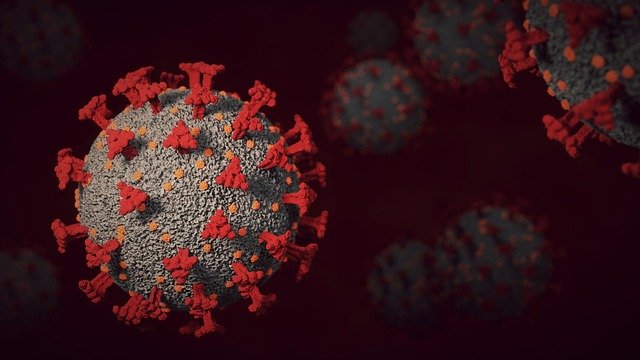Have you ever been sick with a cold, the flu, or maybe an ear infection? Doctors sometimes say, “It’s caused by bacteria,” and other times they say, “It’s a virus.” But what does that really mean? Aren’t they both just germs?
Well, not quite. Viruses and bacteria are very different, almost like comparing a bicycle to a spaceship. They both exist in the tiny world we can’t see with our eyes, but the way they live, grow, and affect us is completely unique.
Understanding the difference matters a lot. It helps explain why doctors give antibiotics for some illnesses but not for others. It shows why washing hands, eating healthy food, and getting enough rest are so powerful. And most importantly—it helps kids see how their bodies fight back and stay strong.
What Are Bacteria?
Bacteria are tiny living creatures. They are so small that you can’t see them without a microscope. In fact, millions of bacteria could fit on the tip of your pencil.
Even though they are tiny, bacteria are alive. That means they can eat, grow, and make more bacteria all by themselves. They don’t need another living thing to survive.
Where Do Bacteria Live?
The short answer is: everywhere.
Bacteria live on the ground, in the water, on your skin, and even inside your body. Some live in extreme places, like hot springs, salty lakes, or deep in the ice. They’re survivors, and they’ve been on Earth for billions of years—long before humans arrived.
Inside your body, bacteria mostly live in your gut (your stomach and intestines). Don’t worry—many of them are helpful! They break down food, help you absorb nutrients, and even protect you from harmful germs.
When Bacteria Make Us Sick
Not all bacteria are friendly. Some types can cause diseases like strep throat, ear infections, and food poisoning. When harmful bacteria enter the body, they can grow quickly and release toxins (poisons) that make you feel sick.
That’s when doctors often give antibiotics—medicines that can kill or stop bacteria from multiplying. Antibiotics work only on bacteria, not on viruses (we’ll get to that soon).
When Bacteria Help Us
Here’s the amazing part: most bacteria are not bad. In fact, many are very useful.
- Some bacteria in your gut help digest food.
- Farmers use bacteria in soil to help plants grow better.
- Scientists use bacteria to make food like yogurt and cheese.
- Doctors even use certain bacteria to create medicines and vaccines.
So, bacteria are not just “germs.” They’re part of life’s balance—some bad, but many good.
Bacteria are like tiny workers. Some work hard to keep us healthy, while others sometimes cause trouble. To understand the real difference between bacteria and viruses, though, we need to now peek into the strange and tricky world of viruses.
What Are Viruses?
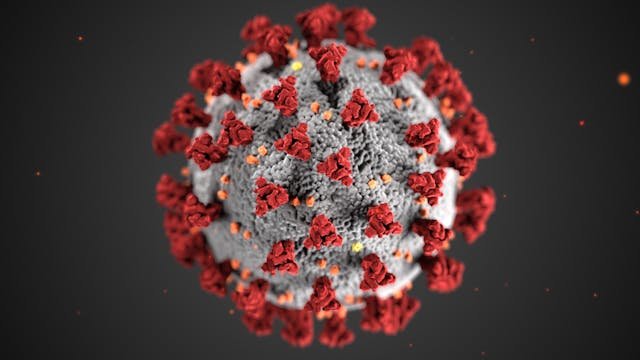
Viruses are also very, very small—so tiny that even most microscopes can’t see them. But here’s the twist: unlike bacteria, viruses are not really alive on their own.
A virus can’t eat, grow, or make more viruses without help. It’s like a key that can’t open a door unless it finds the right lock. For viruses, that “lock” is a living cell.
How Viruses Work
Think of a virus as a little package of instructions wrapped in a coat. The instructions inside are made of DNA or RNA (just like the code inside your own cells).
When a virus finds a living cell—like one in your nose, throat, or lungs—it sneaks inside. Then it takes over the cell and tells it: “Stop what you’re doing. Make more of me!”
The cell, now hijacked, becomes a virus factory. Instead of doing its normal job, it starts producing new viruses. Once enough are made, the cell often bursts open, releasing the new viruses to infect more cells.
That’s why viruses spread so quickly in your body, making you sick.
When Viruses Make Us Sick
Viruses cause many of the illnesses kids are familiar with, such as:
- The common cold
- The flu
- Chickenpox
- COVID-19
Because viruses live inside your cells, they’re tricky to fight. Medicines like antibiotics don’t work on them. Instead, your body’s immune system has to step in and destroy them.
Sometimes doctors give vaccines to help your body recognize and fight a virus before it even makes you sick. That’s one of the most powerful tools we have against viruses.
Are All Viruses Bad?
It may sound surprising, but not all viruses are harmful. Some scientists are now studying certain viruses that could be used to fight cancer or target dangerous bacteria.
In nature, viruses also play a role in keeping populations of animals, plants, and even bacteria in balance. So while many viruses make us sick, they also remind us that the microscopic world is complex and interconnected.
Viruses are like tiny invaders that can’t survive on their own. They need us—or any living thing—to copy themselves. And that makes them very different from bacteria.
The Big Differences Between Viruses and Bacteria
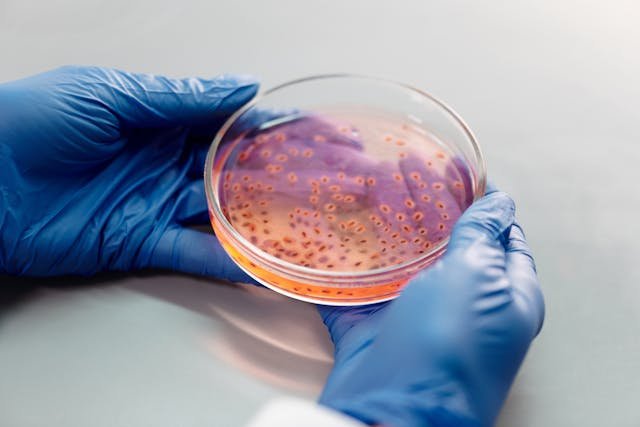
At first glance, viruses and bacteria might seem alike—they’re both tiny, they both can make us sick, and we can’t see them with our eyes. But when you look closer, they’re as different as night and day.
1. Living vs. Not Quite Living
Bacteria are alive. They can eat, grow, and reproduce all on their own. If you give bacteria food and the right environment, they’ll multiply happily.
Viruses are not truly alive. They don’t eat or grow. They don’t even move on their own. They are like “sleeping codes” that only wake up when they enter a living cell.
2. Size
Both are tiny, but viruses are much, much smaller than bacteria. If a bacterium were the size of a basketball, a virus would be like a tiny marble sitting next to it.
This is why regular microscopes can see bacteria but often need special, powerful microscopes to spot viruses.
3. Where They Live
Bacteria can live almost anywhere—soil, water, air, or inside other living things. They’re survivors that can even live in boiling hot springs or frozen glaciers.
Viruses, on the other hand, must live inside another living thing. Without a host cell, a virus can’t do anything at all.
4. How They Make Us Sick
Bacteria can make us sick by growing too much and sometimes releasing toxins (poisons). These toxins damage our tissues and cause illnesses like strep throat or food poisoning.
Viruses make us sick by taking over our cells. They trick cells into producing more viruses, which often kills the cells and spreads the infection.
5. How We Treat Them
Here’s one of the biggest differences:
- Bacterial infections can often be treated with antibiotics. These medicines either kill bacteria or stop them from multiplying.
- Viral infections cannot be treated with antibiotics. Instead, your body’s immune system fights them off, sometimes with help from vaccines or antiviral medicines.
That’s why doctors are careful about prescribing antibiotics—using them for viral illnesses doesn’t work and can make bacteria stronger over time.
6. Good vs. Bad
Bacteria can be both helpful and harmful. Some cause disease, but many are essential for life—helping with digestion, making vitamins, and keeping nature in balance.
Viruses are mostly known for causing disease, but scientists are finding ways to use them for good, like targeting cancer cells or harmful bacteria.
So, while both bacteria and viruses are part of the invisible world of germs, they are very different in how they live, grow, and affect us. One is a tiny living creature, the other is more like a clever code that sneaks into our cells.
How Our Body Fights Back Against Viruses and Bacteria
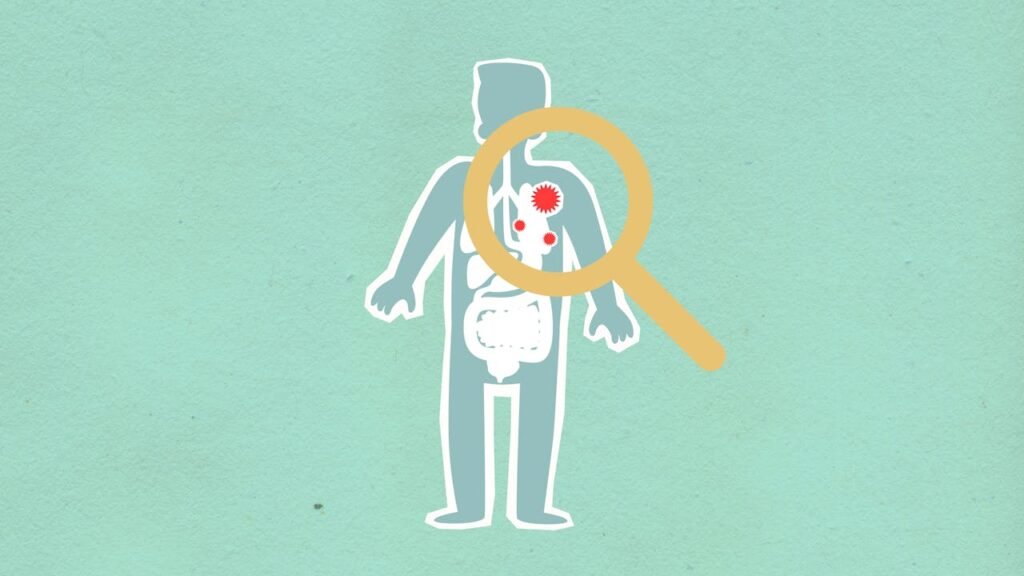
Your body is not helpless against germs. In fact, it has its very own superhero team—the immune system. This system works day and night to keep you safe, often without you even noticing.
First Line of Defense: Barriers
Before germs even enter, your body has clever barriers to stop them:
- Skin acts like a strong wall, keeping most bacteria and viruses out.
- Mucus in your nose traps germs before they reach your lungs.
- Tears and saliva have special chemicals that wash germs away.
These defenses are like a castle’s moat and walls, protecting what’s inside.
Second Line: The Rapid Responders
If germs manage to sneak past the barriers, your body has “soldier cells” ready to act fast.
- White blood cells (like macrophages) are the first responders. They swallow and destroy bacteria and viruses they find.
- This is why you sometimes get a fever—your body turns up the heat to make it harder for germs to survive.
Think of this step like guards rushing out to stop invaders as soon as they enter.
Third Line: The Smart Fighters
The immune system also has special forces that are super smart. These are cells called B cells and T cells.
- B cells create antibodies, which are like tiny keys that lock onto germs and stop them from spreading.
- T cells hunt down and destroy cells that are already infected by viruses.
What’s amazing is that your immune system has memory. Once it learns how to fight a certain virus or bacteria, it remembers forever. That’s why if you’ve had chickenpox once, you usually won’t get it again.
How Vaccines Help
Vaccines give your immune system a “practice run.” They show your body a safe version of a virus or bacteria so it can learn how to fight it—without you actually getting sick.
This way, if the real germ shows up later, your body already knows the trick and can stop it quickly.
A Battle We Don’t Always See
Most of the time, you don’t even realize these battles are happening. Right now, your immune system is probably fighting off tiny threats without you feeling a thing. It’s always on duty, keeping viruses and bacteria in check.
That’s why taking care of your body—eating healthy foods, resting well, and staying active—helps your immune system stay strong.
Our bodies are incredible defenders. Whether it’s a sneaky virus or a multiplying bacterium, your immune system is always ready with clever tricks to keep you safe.
Why Knowing the Difference Matters: Health, Medicine, and Everyday Life
You might be wondering, “Okay, so viruses and bacteria are different. But why do I need to know this?” The truth is, this knowledge helps us make smarter choices every day.
1. The Right Medicine at the Right Time
One of the biggest reasons it matters is medicine.
- If you have a bacterial infection (like strep throat), doctors may give you antibiotics. These medicines are made to kill bacteria or stop them from multiplying.
- If you have a viral infection (like the flu or a cold), antibiotics won’t help. Your body’s immune system has to fight it off, sometimes with the help of antiviral drugs or vaccines.
When people take antibiotics for viruses, it doesn’t work—and it can even cause problems by making bacteria stronger (this is called antibiotic resistance). So knowing the difference is key for proper treatment.
2. Everyday Protection
Understanding germs helps us take simple steps to stay healthy. For example:
- Washing hands often removes both bacteria and viruses before they spread.
- Covering your mouth when you sneeze or cough stops viruses from traveling to others.
- Eating fresh foods, sleeping well, and moving your body helps your immune system fight germs more easily.
These everyday habits make a big difference—especially during flu season or when new viruses are spreading.
3. Smarter Kids, Healthier Families
When kids understand the basics of bacteria and viruses, they’re more likely to take care of themselves. Imagine your child saying:
- “I need to wash my hands before eating—there could be bacteria.”
- Or, “Antibiotics won’t help if I have a virus like a cold.”
That kind of awareness empowers children to be responsible for their health. And healthier kids mean healthier families.
4. Understanding the World Around Us
Viruses and bacteria don’t just affect people. They shape our entire world.
- Farmers use good bacteria to keep soil healthy.
- Scientists study viruses to learn how to stop pandemics.
- Doctors look at bacteria and viruses to invent new medicines.
By understanding them, kids don’t just learn science—they learn how the invisible world shapes everything we see.
5. Preparing for the Future
The next generation of scientists, doctors, and inventors will use this knowledge to solve big problems:
- Finding cures for diseases.
- Creating stronger crops to feed the planet.
- Protecting communities from new germs that appear.
By teaching kids the difference now, we’re preparing them to be the thinkers and problem-solvers of tomorrow.
So, knowing the difference between bacteria and viruses isn’t just school knowledge—it’s life knowledge. It helps us stay healthy, take the right medicine, and understand the amazing battles happening inside our bodies every day.
How Debsie Makes Learning About Germs Fun and Easy for Kids

At Debsie, we know kids are naturally curious. When they hear the word “germs,” they often wrinkle their noses and think of being sick. But when we explain that germs can be both friends and foes, suddenly their eyes light up with wonder. That’s the magic we bring to our lessons—turning “scary” science into exciting stories.
Germs as Characters, Not Just Science
Instead of making kids memorize definitions, our teachers tell stories.
- Bacteria are explained as little workers—some helpful, some troublemakers.
- Viruses are introduced as sneaky invaders that need to hijack cells to survive.
- The immune system becomes the superhero team, with white blood cells as brave warriors and antibodies as clever keys that stop invaders.
When science feels like a story, kids don’t just learn it—they imagine it, remember it, and share it with excitement.
Gamified Learning
Debsie lessons are packed with fun challenges that turn learning into play. Kids might:
- Match “bacteria cards” with their good or bad jobs.
- Role-play as viruses trying to “trick” a cell while classmates act as defenders.
- Compete in a quiz game to see who can tell whether an illness is caused by a virus or bacteria.
These games make lessons active, not boring. Kids laugh, move, and think all at once—which means they learn faster and remember longer.
Hands-On Experiments
Even online, our expert teachers guide kids through simple at-home science experiments. For example:
- Growing safe bacteria from yogurt to see how they multiply.
- Using soap and glitter to show how washing hands removes “germs.”
- Observing how mold grows on bread to understand microorganisms better.
By experimenting, kids turn abstract science into real experiences. And nothing builds confidence like saying, “I did science myself!”
Expert Teachers, Real Connection
Our partner teachers aren’t just science experts—they’re warm, patient guides who explain complex ideas in the simplest way. Instead of saying, “Viruses replicate by inserting their genetic material into host cells,” they’ll say, “Viruses sneak into cells and use them like little copy machines.”
That human touch makes kids feel safe to ask questions, stay curious, and truly enjoy learning.
Connecting Germs to Everyday Life
We also help kids see germs everywhere—not in a scary way, but in a fascinating way. Why do we brush our teeth? Why do we cook food before eating it? Why do plants need bacteria in the soil?
By showing how bacteria and viruses touch every part of life, kids realize science isn’t just for textbooks—it’s for living smarter and healthier every day.
Fun Ways Families Can Explore Germs at Home
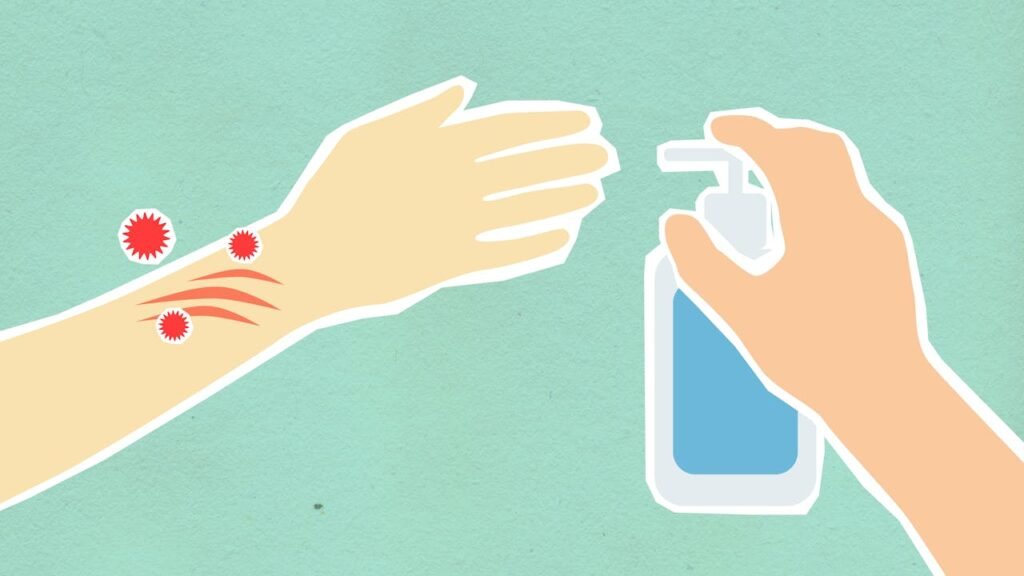
You don’t need a science lab to learn about bacteria and viruses. In fact, some of the best lessons can happen in your own kitchen, bathroom, or backyard. These activities are simple, safe, and guaranteed to spark curiosity.
1. The Soap and Glitter Experiment
This one is perfect for showing kids how soap fights germs.
- Sprinkle glitter on your child’s hands. Tell them the glitter is “germs.”
- Ask them to rub their hands together—notice how the “germs” stick and spread.
- Now, have them wash with just water. Most of the glitter stays.
- Finally, wash with soap and water. The glitter disappears much faster!
This simple activity shows why soap is so powerful against both bacteria and viruses—it breaks them apart and washes them away.
2. The Moldy Bread Test
Take two slices of bread. Touch one with clean, freshly washed hands and the other with dirty hands. Put both slices in clear bags and leave them for a few days.
Soon, you’ll see mold growing much faster on the slice touched by dirty hands. Mold isn’t exactly the same as bacteria, but it’s a living microorganism. This experiment shows kids how germs spread when we don’t wash properly.
3. Bacteria in Food
Talk about foods that are made with “good bacteria,” like yogurt, cheese, and pickles. Let kids taste them and explain:
“These foods are safe and healthy because of good bacteria that help us digest food.”
This helps children see bacteria not just as villains but also as helpful friends in our diet.
4. Track Your Own Germ Defenses
Challenge your child to notice their body’s defenses each day:
- A runny nose? That’s mucus trapping germs.
- A sneeze? That’s your body trying to push germs out.
- A scab on a cut? That’s your body sealing off a wound from bacteria.
By observing these small things, kids start to appreciate how their body is always protecting them.
5. Make a “Germ Journal”
Give your child a notebook and encourage them to record their discoveries:
- When did they wash their hands and notice soap bubbles lifting “germs”?
- What foods in the fridge contain good bacteria?
- How long did it take for bread mold to grow?
This turns learning into a daily adventure and makes kids feel like young scientists.
These activities don’t just explain germs—they make them visible, playful, and unforgettable. And when kids learn in this way, they naturally build healthier habits for life.
Final Thoughts: Tiny Germs, Big Lessons
Viruses and bacteria may be too small to see, but their impact on our lives is huge. They remind us how amazing—and sometimes fragile—the world inside our bodies really is.
Now you know the difference:
- Bacteria are living organisms—some helpful, some harmful.
- Viruses are tiny invaders that can only survive inside our cells.
- Our immune system is the superhero team that keeps both in check.
When kids understand this, they see the world differently. Washing hands, covering sneezes, eating healthy foods, and getting enough rest stop being “rules” and start being smart choices. And most importantly—they learn to respect their own bodies and the invisible world around them.
At Debsie, we believe learning should feel like discovery, not memorization. Our expert teachers turn complex topics—like bacteria and viruses—into exciting stories, fun games, and hands-on experiments. Kids don’t just learn the facts. They build curiosity, confidence, and a love of science that lasts.
👉 Book a free trial class today
👉 Explore our science and STEM courses for ages 5–18
Read Next:
